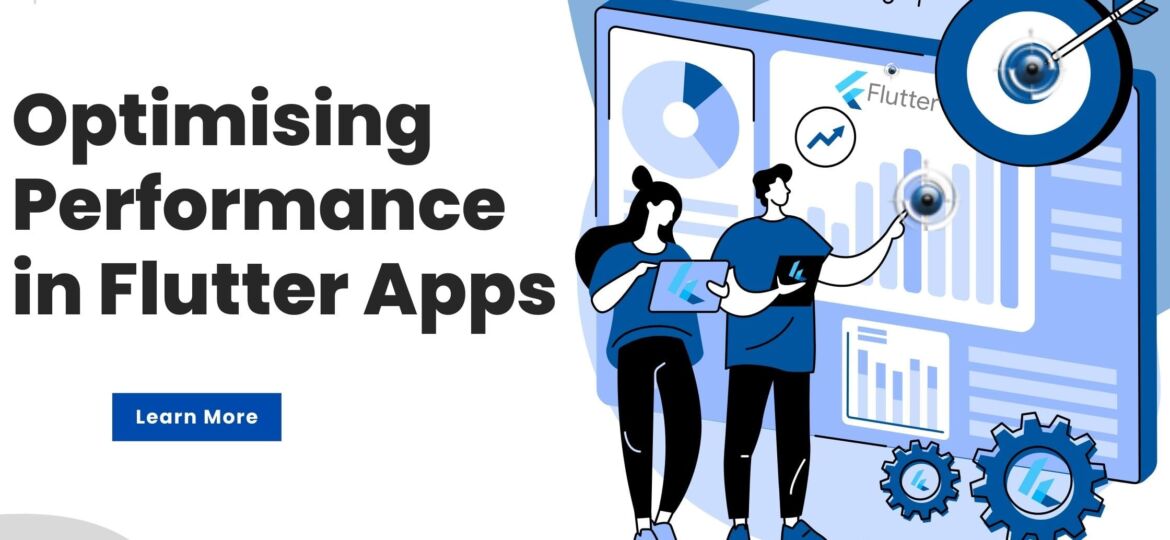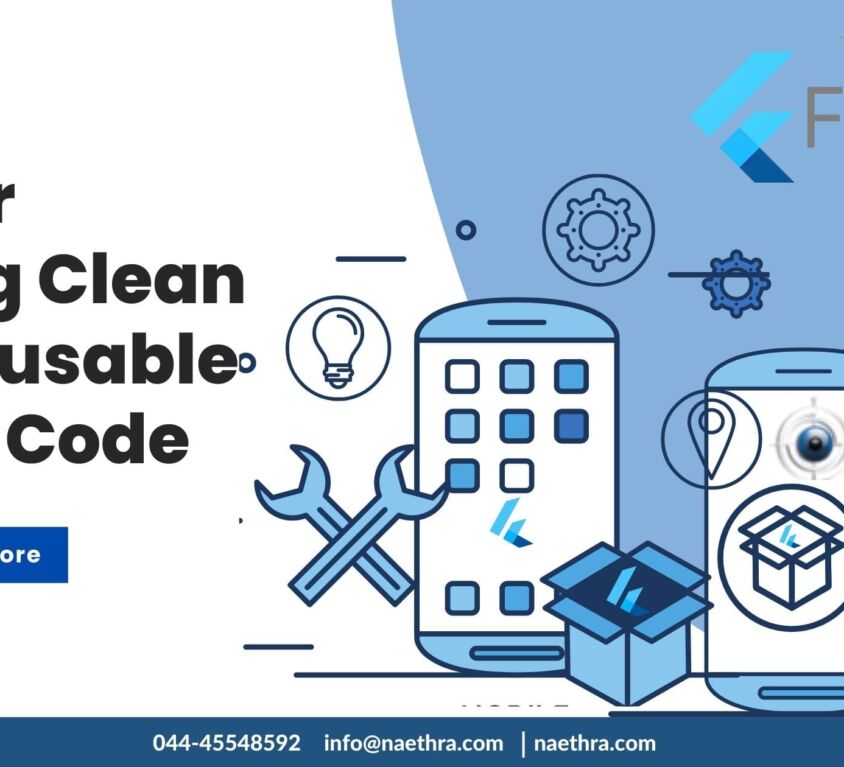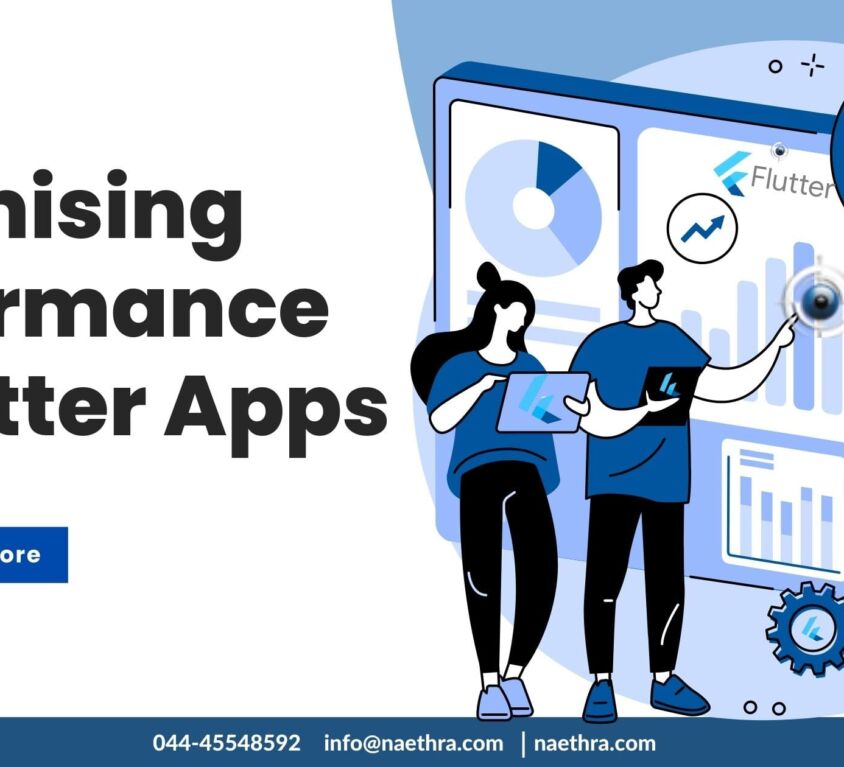
Optimising Performance in Flutter Apps
Are you looking to develop a powerful and responsive Mobile app? Flutter is a great choice with a wide range of features for developing impressive apps, with the potential to dramatically boost performance. With its unique combination of features – including expressive and flexible UI, fast development cycles and high-performance runtime – you can create a cross-platform app that runs smoothly on both iOS and Android devices.
In this Blog post, we will look at ways of optimising your Flutter applications in order to maximise their performance. By following these strategies, you can be sure that your users never experience any lag or stuttering when using your mobile application!
Flutter is a mobile app development framework that allows developers to create cross-platform applications with a single codebase. It offers robust APIs, a Hot reload feature, and supports both Stateful widgets and Stateless widgets, as well as an intuitive development workflow. This makes it an attractive choice for developers who want to build beautiful apps quickly and efficiently. But how can you optimise Flutter app performance? Let’s take a look at some tips and tricks for optimising the performance of your Flutter applications.
Understanding the Flutter Framework
Before we dive into the details of optimizing performance in Flutter apps, let’s take a moment to understand how the framework works. At its core, Flutter is a UI toolkit built on top of Google’s Dart language. Flutter works on the Android Studio development environment where you can build, test and debug your source code for Android apps. Flutter widgets are used to construct user interfaces and employ reactive programming principles for faster development cycles. Its powerful framework also provides access to platform-specific features like camera, GPS, Bluetooth, etc., allowing developers to deliver native experiences on both iOS and Android devices. This makes it an excellent choice for businesses considering Full Stack Development Outsourcing.
Optimizing Memory Usage
Memory usage is one of the key areas where native performance can be improved in any application – even more so in mobile applications where memory is limited compared to desktops or laptops. One way to reduce memory usage is by removing unnecessary packages from your project or opting for low-memory alternatives when available. Additionally, you should avoid loading large images directly into memory – instead, opt for formats like WebP which require less memory but still provide quality visuals.
Reducing Build Times
Build times are critical as they determine how long it takes for changes made by Android developers to show up in the application after compilation and deployment. Fortunately, there are several ways you can reduce build times in your Flutter projects such as reducing the number of libraries used in your project, taking advantage of the hot reload feature when debugging source code or using precompiled modules whenever possible.
Optimizing Rendering Performance
Flutter comes with several tools that allow you to optimise rendering performance including Skia – an open-source 2D graphics library used by many popular apps including Adobe Photoshop and Google Chrome – as well as RenderObject which helps render content faster and more efficiently across multiple platforms. Flutter uses Material Design, a design language with a wide range of components and libraries to create beautiful and functional mobile apps that follow Material Design principles. Additionally, using smaller images wherever possible can help improve rendering times since larger images take longer to load and render on screen than smaller ones do.
Optimising Network Usage
Network usage impacts not only user experience but also battery life since mobile devices have limited power reserves compared to their desktop counterparts. To reduce network usage in your application, consider caching frequently accessed data locally so that it doesn’t need to be fetched from the server every time it’s requested by users – this will also help reduce latency since cached data can be accessed instantly without having to wait for server responses every time it’s requested by users. Additionally, compressing data before sending it over the network reduces bandwidth consumption while still preserving data integrity across transactions.
Although we have only scratched the surface, by following these tips and tricks, Android developers can easily improve the performance of their apps with Flutter while delivering great user experiences across multiple platforms with minimal effort involved!
If you would like help optimising your existing app or are looking for someone to build a new high-performance app from scratch, contact Naethra Technologies at info@naethra.com a leading Flutter app development company in India. Our team of expert Android developers will be happy to advise and assist you with all your development needs.





